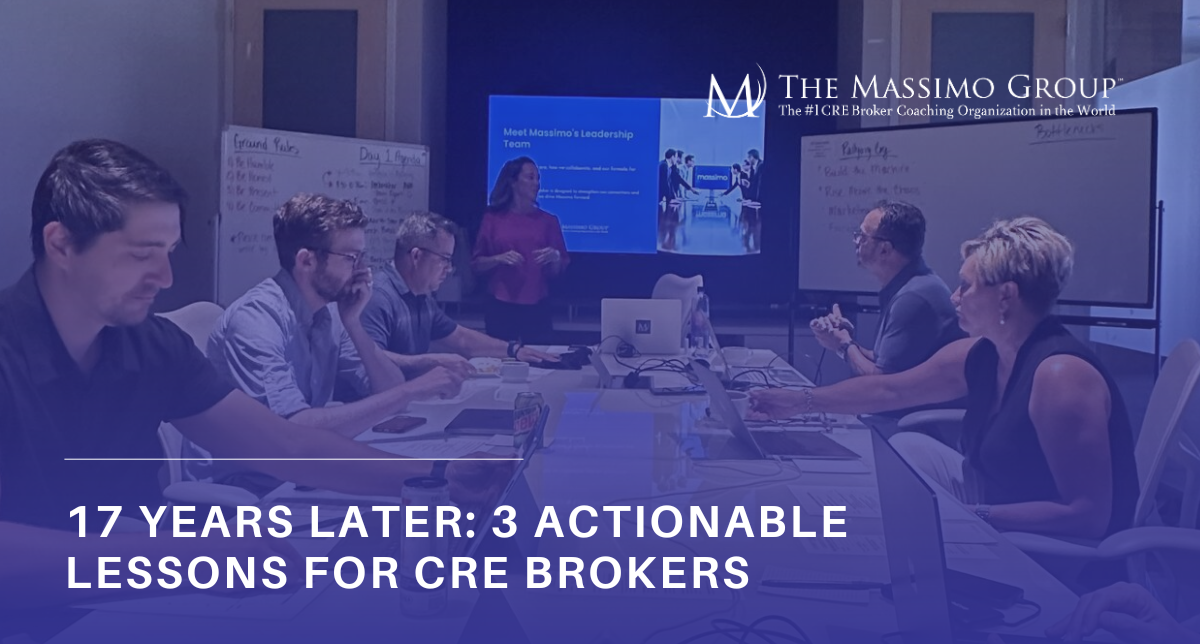A commercial real estate company can be organized in several ways, and usually has overlapping structures. For example, a real estate brokerage company probably would be organized as a group of licensed salespeople overseen by a licensed broker. Those salespeople might simultaneously be categorized as independent contractors supplying services to a sole proprietor. For business development purposes, that same staff might also be organized by market area or type of real estate.
Organization by Licensing Status
Every U.S. state requires people to hold a real estate license if they interact with the public in regard to a real estate activity or service. There are two primary licensing categories, requiring the junior licensee to be supervised by someone holding the senior license. The salesperson license is obtained first. After meeting a variety of requirements including completing intensive education courses and passing a comprehensive exam, the salesperson may earn a broker license. Any commercial real estate company involved in selling or leasing real estate for a third party would be organized as a licensed brokerage, with salespeople under the authority of a broker.
Use of Independent Contractors
Perhaps the most common structure for a commercial real estate company involves independent contractors. These companies often have a sole owner acting as a broker, offering a set of common resources to licensed salespeople who are independent contractors. The salespeople are under the supervision of the broker from a licensing perspective but are largely responsible for their own business activities. The parties have an agreed compensation structure but little liability toward each other.
Organization by Corporate Structure
Some commercial real estate companies are structured as corporations or trusts. Their staff is organized in departments with tiers of seniority. These companies often classify most of their workers as employees and provide an array of benefits. These companies want a high degree of control of their workers, and although they may be real estate licensees, the company also assumes liability for their actions.
A Third Level of Classification
In addition to licensing and worker classification structures, commercial real estate companies are often organized by specialty. To develop greater expertise, some companies will divide their staff among market areas, types of real estate or transaction method. As an example, half of the staff might be involved in representing tenants seeking space to lease, while the other half of the staff stays tightly focused on representing landlords who have available space. The two halves of the company may be further subdivided by creating teams for each sub-market in a metropolitan area.
Conclusion
Because of these many variables, commercial real estate companies are organized in a broad spectrum of structures. Each company hones its structure depending on the applicable licensing law, the degree of control desired by the company owners and the most effective way to generate transactions.






